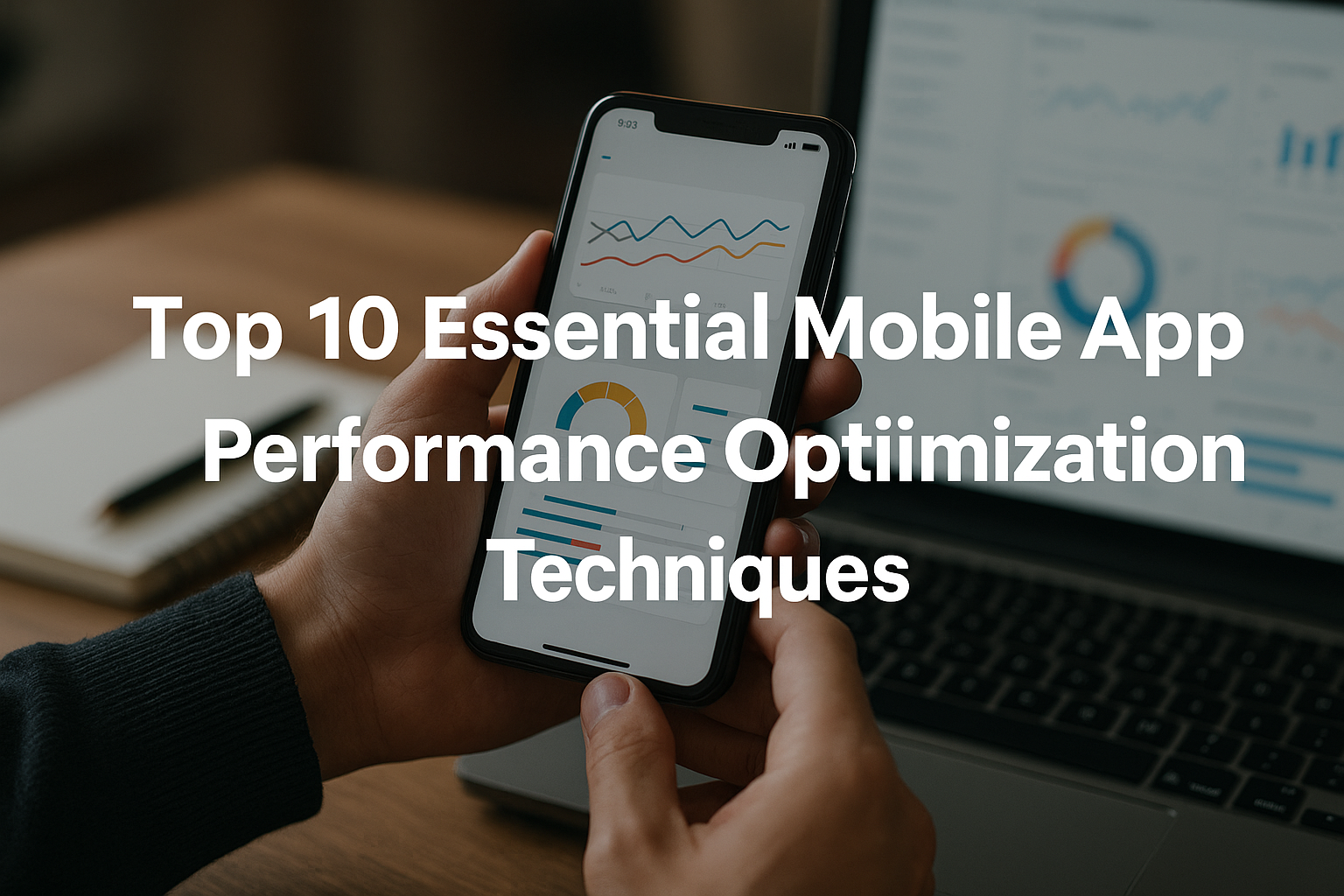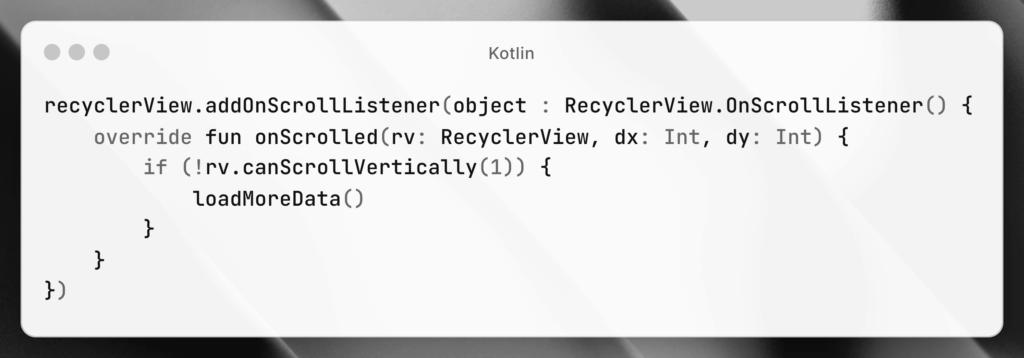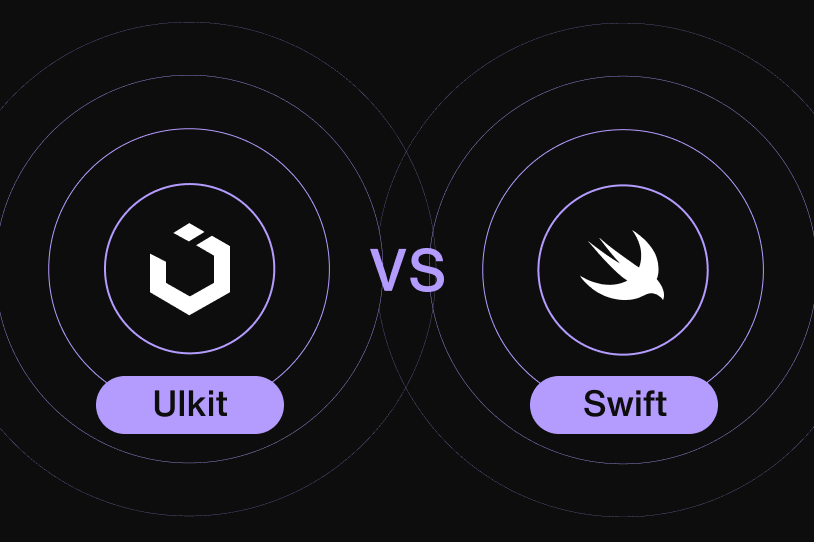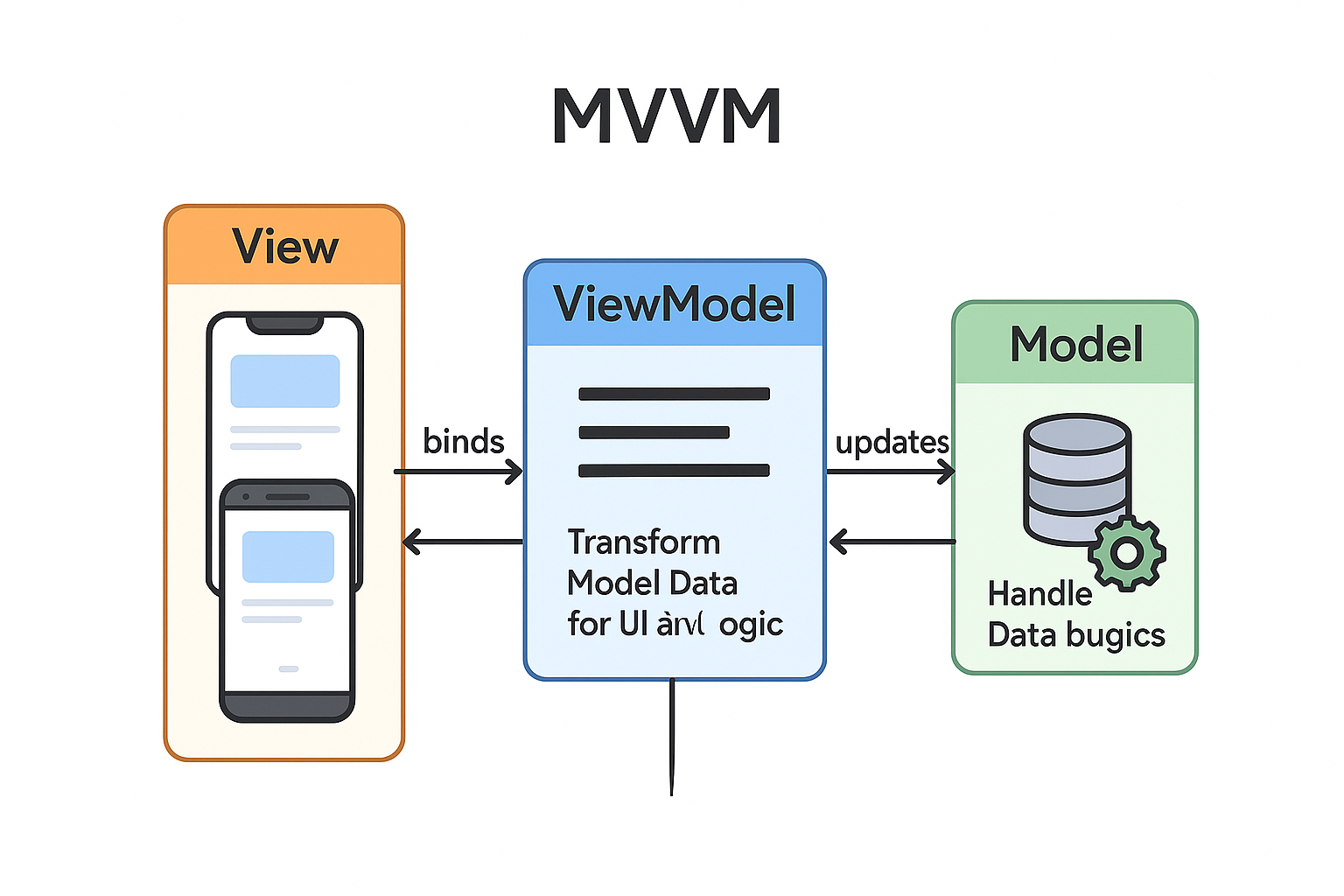
Introduction
Mobile app users today are incredibly impatient.
In fact, research shows that users abandon an app if it takes more than 3 seconds to load. In a world driven by instant gratification, even a minor lag can lead to a major churn.
Performance isn’t a “nice to have” anymore — it’s a deal-breaker.
From the very first tap to the final checkout, every millisecond counts.
The good news? You don’t need a magic wand to build a lightning-fast app — just a clear strategy and an understanding of common bottlenecks.
In this article, we’ll explore 10 powerful mobile app performance optimization techniques, peppered with real-world case studies, code examples, and actionable insights to help you create an experience users will love (and recommend).
1. Prioritize a Fast App Launch
First impressions matter.
Users expect your app to launch almost instantly.
Why It Matters:
A slow launch can give the impression that your app — and by extension, your brand — is unreliable.
How to Fix:
- Defer heavy processes until after the first screen loads.
- Use skeleton screens (loading placeholders) to engage users visually.
Case Study:
Spotify significantly reduced their app launch time by separating non-essential processes (like analytics initialization) from critical UI loading, leading to a 15% improvement in retention rates.
2. Optimize Network Calls
Slow or inefficient network requests can tank your app’s perceived performance.
Best Practices:
- Use asynchronous loading.
- Compress data payloads (e.g., using gzip).
- Implement caching for static data.
- Choose HTTP/2 for better network multiplexing.

iOS-Swift
3. Efficient Image Handling
Images are often the biggest culprits behind bloated apps and slow screens.
Tips:
- Use image lazy loading (load only when visible).
- Choose modern formats like WebP or AVIF.
- Always resize images for different screen densities.
Illustration:

4. Reduce App Size
Users today don’t have infinite storage.
A bloated app not only performs poorly but also increases uninstall rates.
Optimization Techniques:
- Split APKs by device architecture (for Android).
- Remove unused assets and libraries.
- Use Proguard/R8 for code shrinking (Android) and Bitcode (iOS).
5. Implement Proper Caching
If your app reloads static data every time, you’re burning bandwidth and testing user patience.
Types of Caching:
- Memory caching for frequently accessed data.
- Disk caching for less frequently accessed but large data.
Case Study:
Instagram enhanced performance in poor network conditions by caching previously loaded stories and feeds locally, ensuring near-instant loading even without internet.
6. Streamline UI/UX Performance
Heavy animations, unoptimized lists (RecyclerViews, UITableViews), or poorly managed transitions create a laggy experience.
Best Practices:
- Keep UI animations lightweight.
- Use pagination for large lists.
- Offload heavy operations to background threads.

7. Monitor App Performance in Real-Time
Fixing performance issues after users complain? You’re already late.
Tools to Use:
- Firebase Performance Monitoring
- NewRelic Mobile
- AppDynamics
Set up alerts for slow app launches, network latencies, and UI freezes proactively.
8. Minimize Battery Consumption
Performance isn’t just speed — it’s also about resource usage.
High battery drain = high uninstall rate.
Tips:
- Optimize background services.
- Reduce GPS polling.
- Batch network calls.
Case Study:
Uber cut battery usage by 30% by intelligently batching location updates and reducing frequency based on user behavior.
9. Handle Memory and Resource Management Smartly
Memory leaks are silent killers.
They slow down the app over time and cause crashes — both app store death sentences.
Pro Techniques:
- Always unregister listeners.
- Use weak references where appropriate.
- Profile memory usage regularly (Instruments in Xcode, Memory Profiler in Android Studio).
10. Design for Offline Mode
Not every user has access to 5G everywhere.
Offline Features to Add:
- Local data storage and sync.
- Graceful degradation of functionality when offline.
Example:
Google Docs lets users edit files offline, syncing changes once reconnected — setting a gold standard for UX.
Conclusion
Building a high-performance app in 2025 is no longer optional — it’s mandatory.
Users have countless alternatives, and they’re not afraid to uninstall apps that don’t meet expectations.
By focusing on performance optimization techniques — from fast launch times to smart caching and efficient memory usage — you can create mobile apps that feel effortless, delightful, and lightning fast.
Performance is not just about technology; it’s about creating an emotional connection with users through speed, reliability, and trust.
Start implementing these strategies today — because in the end, fast apps build loyal users.





